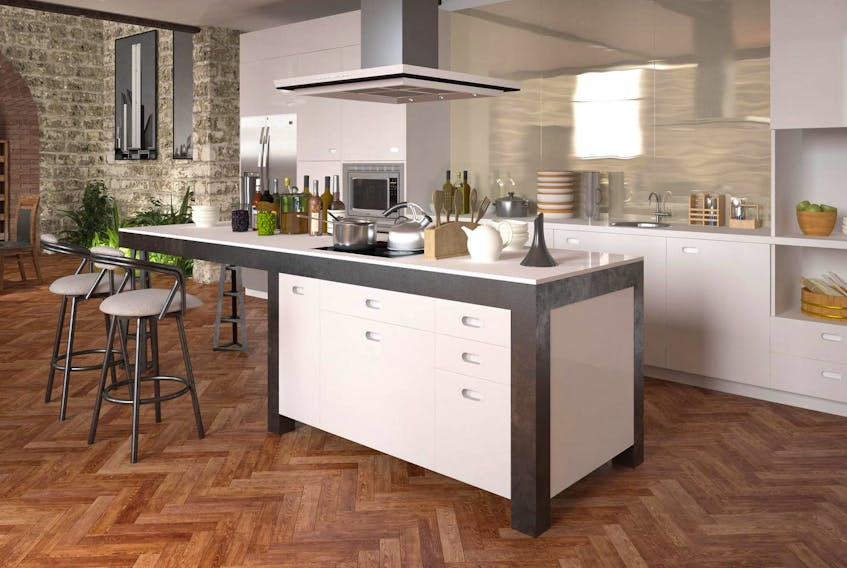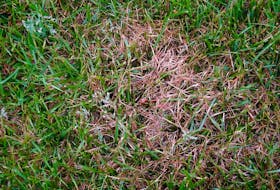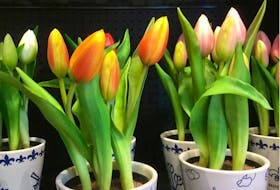It’s a pattern that dates back to the Roman Empire and Ancient Egypt. Yet it never seems to go out of style. We’re talking about herringbone — a design esthetic that the experts say is trending higher lately in home design and which can instantly add an upscale look and chic to your interiors.
Mimicking the geometrically intricate scales of the fish after which it’s named, herringbone features an arrangement of interlocking rectangles that reverse to form an eye-catching zigzag pattern.
“It brings to mind a well-tailored men’s suit. This pattern was found in fabric-making long ago, where the turn of yarn created a warp and weft that reverse over each other,” says Jerith Bailey, Chicago-based senior designer for Mahogany Builders.
Tara Benet, owner of Tara Benet Design in New York City, notes that herringbone is especially popular today in tiles, hardwood floors, fabrics, wallpaper and other materials sporting pattern arrangements.
“What’s behind this trend is a desire to bring in natural looks and materials that have a sense of tradition. Mixing old with new and modern with traditional is a way to create a space with character,” says Benet.
Bailey agrees.
“Over the past several years, interior design has trended toward finding beauty in simplicity. We’ve seen a return to the classics,” says Bailey. “Herringbone provides that subtle natural feel that consumers are craving. It’s interesting without being flashy.”
Herringbone can be implemented into your home in many different ways—most easily via textiles.
“A herringbone pillow can layer easily with your current pillow and linen assortment,” suggests Laura Tadt, design manager with Minneapolis-headquartered The Airtex Group. “Try mixing it with ikats and other global patterns for a more eclectic look. Contrast it with traditional materials and textures like leather and linen for a more traditional look. Pair with traditional stripes and plaids for a more classic farmhouse esthetic. Or employ black-and-white herringbone textiles paired with abstract geometrics or textures for a more modern appearance.”
The pattern can really pop in bathroom showers, kitchen backsplashes and wood flooring, too.
“It creates greater visual interest as a tile pattern if you use differently colored tiles or use a lighter colored tile with a dark grout for drama,” says Mary Laipple, designer with 84 Lumber Design Studio in Pittsburgh, Pennsylvania.
Herringbone often looks best when paired with other organic patterns, “like a herringbone backsplash next to the dramatic veining of a marble countertop, or a herringbone powder room floor with large floral watercolour wallpaper,” adds Bailey. “The contrast of strong geometry with nature is really pleasing to the eye and will help this look stay classic and not too trendy.”
Be careful when selecting colour and scale, however.
“For example, a more tonal, small-scale herringbone will pair better with a traditional paisley pattern than a very graphic, large-scale one,” says Tadt.
If you plan to have hardwood floors laid in a herringbone pattern, expect to pay more for the installation.
“Because the pattern is so geometric, you need to hire a skilled, experienced craftsman for the job, as you can really see if the lines start to slip when installed poorly,” Bailey cautions. “Avoid a wood species that has lots of graining, as well, as it will muddy the pattern and give it less impact.”
The good news is that herringbone doesn’t appear to be going out of style anytime soon.
“I believe that, with the flexibility of patterns and the history behind it as well as the many looks you can get with it herringbone, this trend will remain strong for a good while,” says Laipple. “It can really lend itself to almost any style home. And you can change the scale of the material to be large or small. There’s nothing dull about it — and from a design perspective, you can’t ask for much more than that.”









